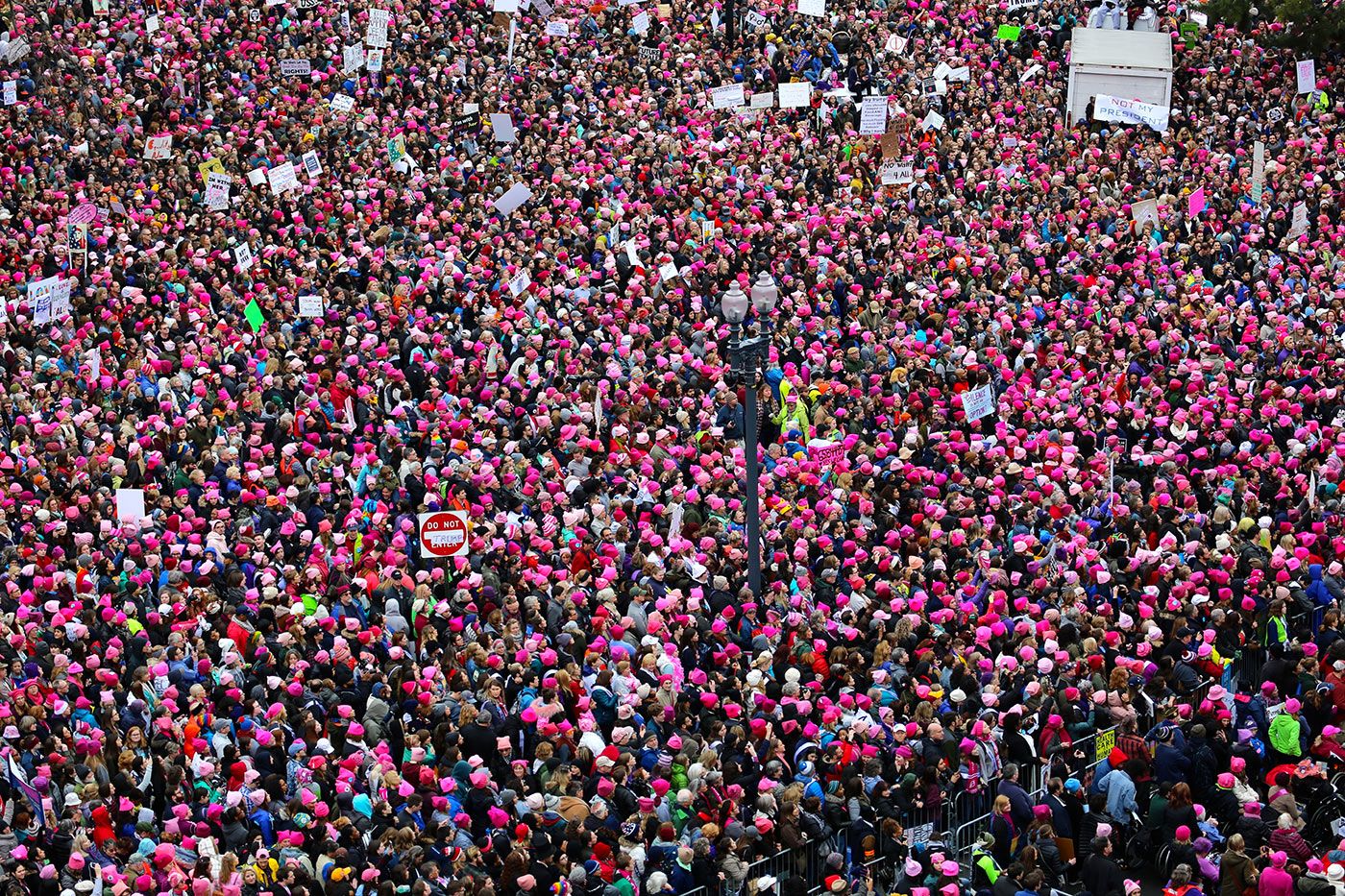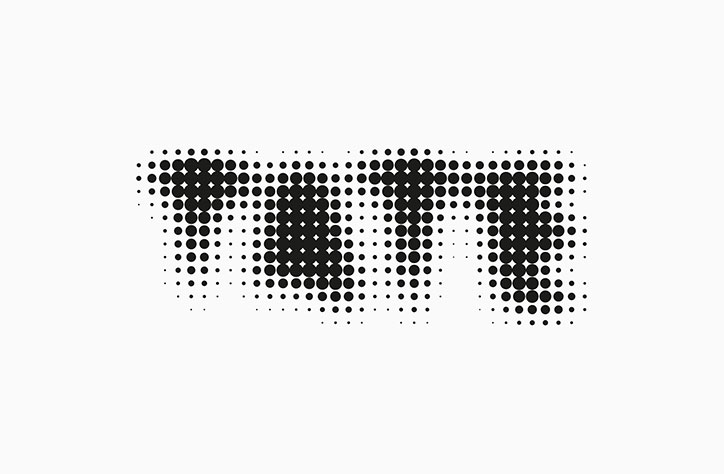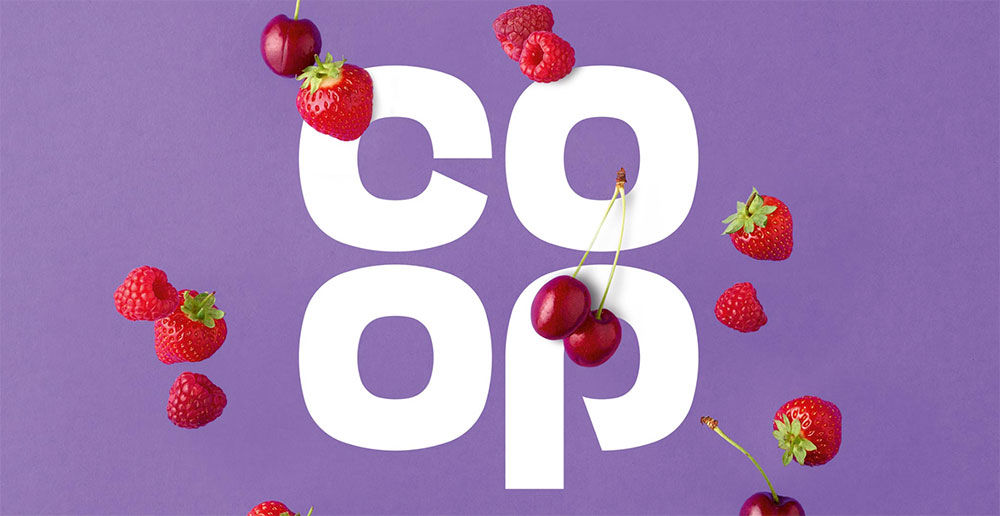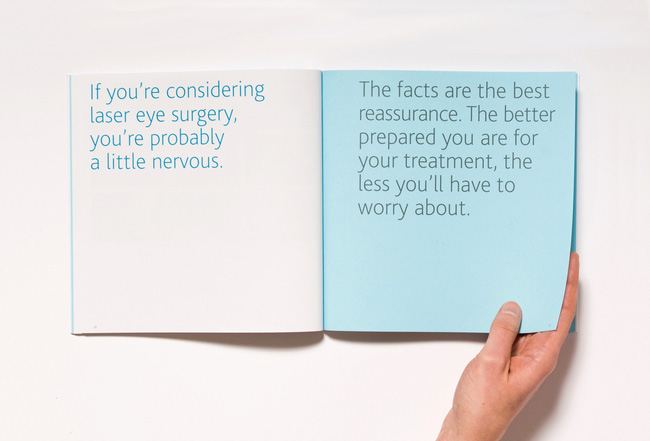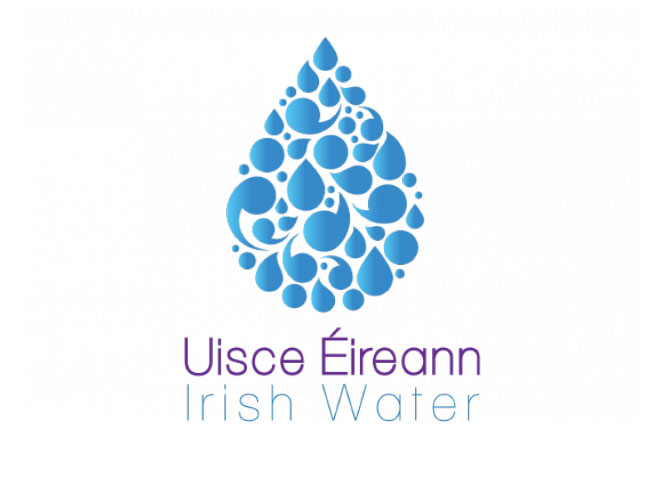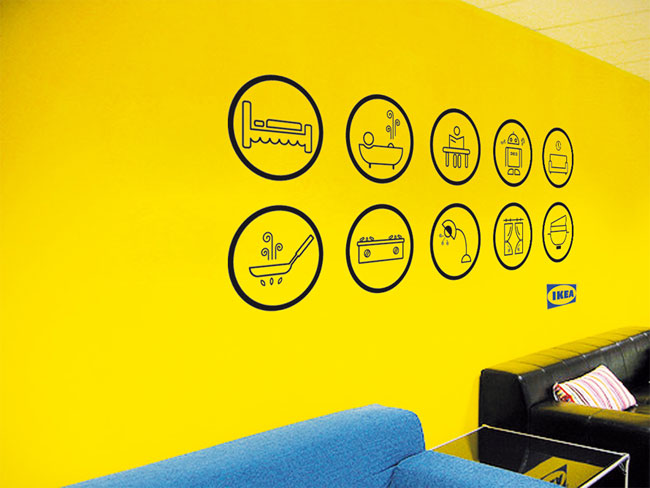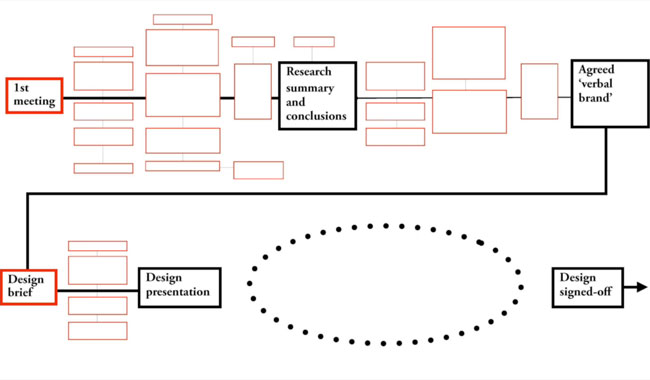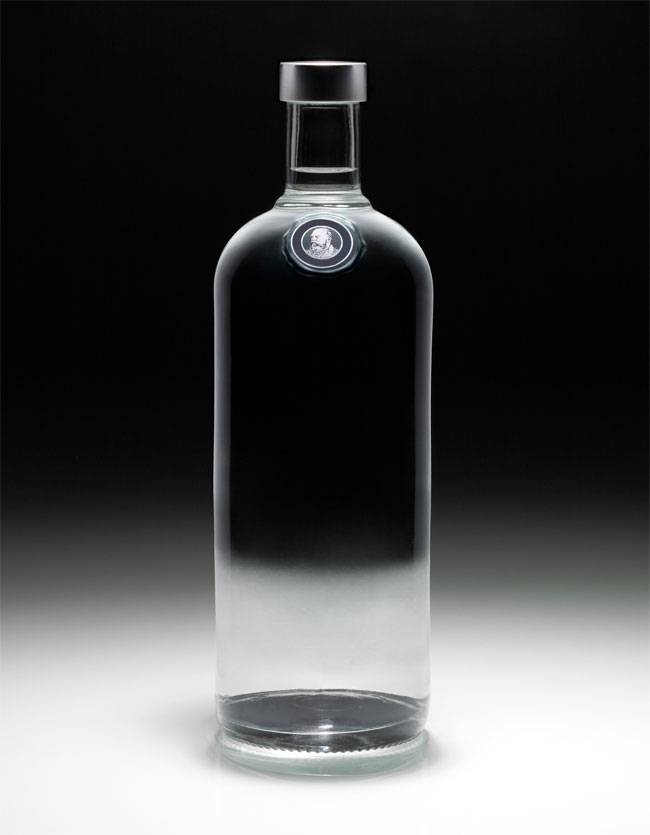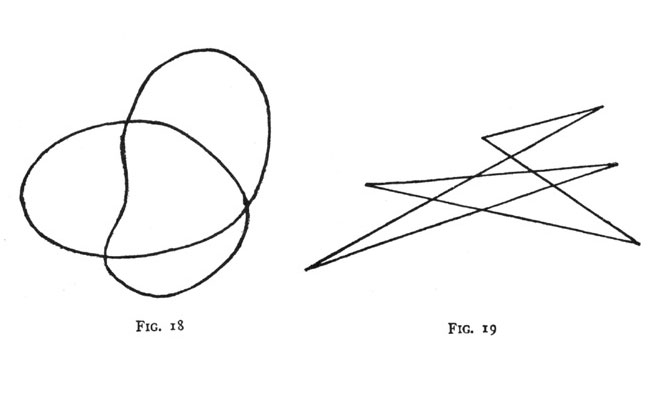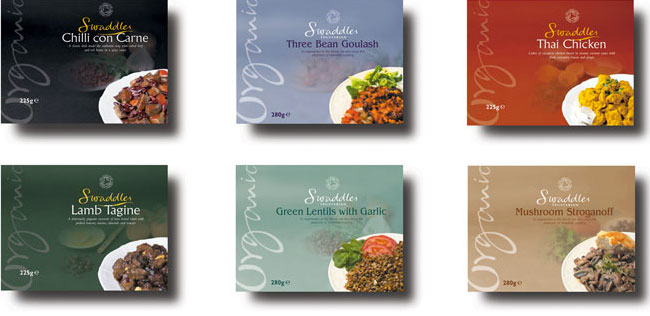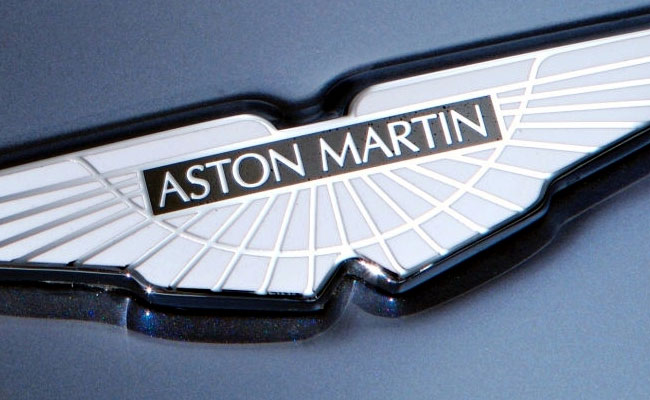The pink, cat-eared “pussyhat” that became the icon of the Women’s March in January has been announced as the first ever “Brand of the Year” by SVA Masters in Branding Chair Debbie Millman.
- Women’s March on Washington.
In 1964, the late Marshall McLuhan coined, “The medium is the message.” He ushered in the notion that both the message and its medium influence how any communication is perceived. But in the Insta-culture of the early 21st century, it’s not as straightforward to find the cream of the crop. In an effort to understand, measure, and mark the brilliant, competitions have been created to determine the impact of brand messages.
But these competitions charge an entry fee. And they often need entrants to fill out complicated entry forms that detail and justify the return on investment, reach, and other performance indicators. So what happens to brands and products that don’t enter? They mightn’t be aware of the competitions, or they mightn’t be able to afford the often hefty entry fees, meaning potential winners are all but ignored. The Masters in Branding program at NYC’s School of Visual Arts wants to challenge these contest rules, and for the first time, the program faculty have taken a broad look at commerce and culture to identify the first Annual Brand of the Year. No entry form. No fee. In fact, no effort at all by any brand to be considered.
“We’re at a tipping point in the way brands are being created. Branding has become democratised, and the results aren’t necessarily about the commercial. The Pink Pussyhat brand wasn’t initiated for any financial benefit, but instead created by the people for the people to serve the highest purpose branding has: to bring people together for the benefit of humanity. Branding isn’t just a tool of capitalism. It has the potential to become a profound manifestation of the human spirit.”

Time Magazine cover, February 6th, 2017.
About the Pink Pussyhat
The Pink Pussyhat was conceived by screenwriter Krista Suh and architect Jayna Zweiman. It was created to be worn at the Women’s March the day after the Presidential inauguration in Washington, DC. Kat Coyle, owner of The Little Knittery in LA, designed the pattern. The brand was launched in November 2016, and the name of the hat was an intentional response to President Trump’s recorded comments about his ability to “grab (women) by the pussy.” More than 10 million women wore handmade pink pussy hats at, or in support of, Women’s March’s worldwide on January 21, 2017.
Details via SVA’s press release.
I remember looking on in admiration at the huge numbers that marched. But since then, it’s been more a case of dejection as the Trump administration gives tax breaks to million/billionaires while the most vulnerable continue to suffer. Here’s a thought-provoking read in the New Yorker — Is there any point to protesting? — comparing the recent protests against the war in Iraq, against the finance industry after the market crash, against the killings of unarmed black people by police officers, to the much more successful protests of decades past, notably the civil-rights movement from the mid-fifties to mid-sixties. Worth five or ten minutes of your time.
Vaguely related from the archives, Debbie Millman’s interview with Milton Glaser is a great listen.
